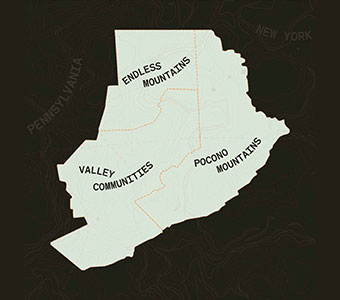February is American Heart Month. We’ve teamed up with Geisinger Health Systems to bring you expert advice and tips for maintaining heart health and for understanding risks and warning signs of potential heart-related illnesses.
Chest Pain, Heart Disease and Heart Attacks
Chest pain isn’t always related to heart disease, but it often is and can also be associated with several other serious medical conditions. So, it’s always worth getting checked out.
The chest pain or discomfort that occurs when your heart isn’t getting enough oxygen is called angina, and it’s a symptom of coronary artery disease (CAD), which is a narrowing of arteries that lead to the heart due to fatty plaque buildup.
Stable angina is usually felt during periods of physical activity or strong emotion, and it typically subsides with rest or medication.
Unstable angina is caused by blood clots that block an artery partially or completely, and it should be treated as a medical emergency. It occurs while you’re resting or exerting yourself very little, and it can warn of a developing heart attack.
Chest pain can also be a characteristic symptom of a heart attack, which is what happens when heart muscle cells, deprived of oxygen because their blood supply has been reduced or blocked, begin to die. A heart attack is always a medical emergency, and several treatments are possible depending on circumstances.
Levels of Care
In some cases, a heart attack can be treated with medications that break up blood clots or widen blood vessels. In others, an interventional procedure is necessary.
Interventional cardiologists use a minimally invasive technique called a cardiac catheterization to both diagnose and treat the heart and its affected arteries during a heart attack. Using a small, thin tube called a catheter, they can inject dye, produce diagnostic images, run tests and perform procedures to fix any problems found.
One of these procedures, angioplasty, restores the heart’s blood flow by opening blocked arteries. During an angioplasty, a catheter containing a tiny balloon is fed to the affected artery, where the balloon is inflated to gently widen the artery so blood can flow.
Another way to keep an affected artery open is to insert a small, tubular wire frame called a stent. Once a stent is in place, with the support of healthy lifestyle choices, it can inhibit further blockage and future heart attacks.
Sometimes, an open-heart operation is necessary. For certain types and locations of severe blockage, patients need to undergo coronary artery bypass graft surgery. Often abbreviated CABG (“cabbage”), these operations take a spare, healthy blood vessel from another part of the body and attach it to the blocked artery on one end and the aorta, the main vessel that carries pumped blood from the heart, on the other end. This creates a new path for blood to flow, bypassing the blockage.
Sometimes, heart attacks can cause cardiac arrest, the sudden loss of the heart’s pumping function, and cardiogenic shock. This catastrophic reduction in the flow of blood to all vital organs will lead to death if not quickly resolved.
When cardiac arrest occurs, cardiopulmonary resuscitation (CPR) can temporarily support the body as emergency measures are taken to restore heart function. Often defibrillation can be used to send an electrical shock to the heart to reset its normal rhythm. Once the heart is beating again, the underlying cause (the heart attack) can be treated.
If a patient is in late-stage heart failure from serious heart damage, a left-ventricular assist device (LVAD) can be implanted to help the heart’s pumping chamber do its job during and after recovery.
Some patients are so ill following a cardiac event that their heart and lungs need support and time to heal before any operation can be safely undertaken. In those cases, extracorporeal membrane oxygenation (ECMO) can be used to get them strong enough for a life-changing procedure by temporarily taking over heart and lung function for days to weeks.
So, you see, chest pain might start the same way for many people, but it can be indicative of many points along the chest pain/heart attack spectrum. A care team’s approach to treating chest pain depends on how early a patient seeks care and how far along that spectrum the patient is. Find out which of your local hospitals specialize in some or all of these levels of care.



























